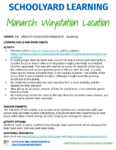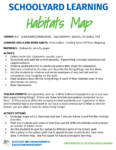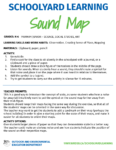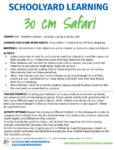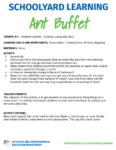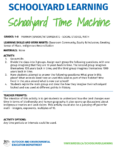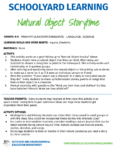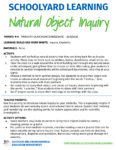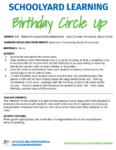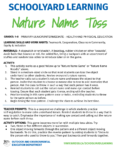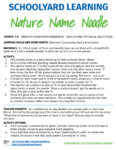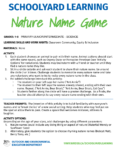February 1st, 2011
Spring is on the way… This statement might sound a bit bold with temperatures today below –10C and a wind-chill of –20C, but the signs of spring are emerging. Last week I heard the nasal song of the White-breasted Nuthatch on two consecutive days and song fragments of various bird species including Northern Cardinal and Black-capped Chickadee. But, while the sun was out yesterday we heard a complete song of the nuthatch, the chickadee, and the repeated drumming of the Pileated Woodpecker!
I do not measure the arrival of spring by the calendar. Instead, I use nature’s cues. I am not making reference to tomorrow’s reaction of our ground-dwelling furry friend, but rather to the appearance of spider webs, the blooming of skunk cabbage, and of course the first birds singing.
Bird song is triggered by an increase in day length, or photoperiod. With the coming of spring the increase in photoperiod stimulates the release of hormones, which kick-starts song production.
Birds were once thought to sing to appease our ears and bring joy to our lives. I would be the first to agree that the songs of the Winter Wren, the Wood Thrush, and the Brown Creeper, to name a few, can make even my worst day enjoyable. However, birds sing for reasons that go far beyond our self-absorbed beliefs. Bird songs function to attract a mate and protect territory by repelling competitors.
The best time of day to hear the chorus of spring songsters is at dawn when the air is usually very still, relatively speaking, when compared to the rest of the day. Wind can degrade the song and limit the effectiveness of the bird’s effort. Dawn may also be the best time of day for a female to judge the best male to mate with, based on the quality of his song.
The height of the bird migration and dawn chorus is still a couple of months away, but the start of February and the bird songs it brings always signals the beginning of the spring-like-things that are to come. What will be next?? Maybe snow fleas….
